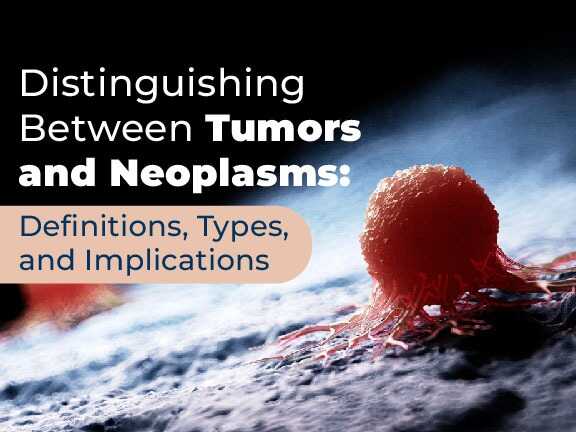To understand what is a malignant neoplasm, it is essential to differentiate between benign and malignant growths. Benign neoplasms are non-cancerous, localized, and do not spread to other tissues. Malignant neoplasms, however, are aggressive and can invade surrounding tissues while metastasizing to distant organs. One characteristic of a malignant neoplasm is uncontrolled growth that disrupts organ function. The question what is a malignant neoplasm mean? is often answered simply as “a cancerous tumor.” Recognizing these differences helps clinicians plan treatment effectively and guide patients in understanding their condition.
Common Types of Malignant Neoplasms
Malignant tumors can occur in many organs. For example, what is a malignant neoplasm of breast usually refers to breast cancer, one of the most common cancers worldwide. What is a malignant neoplasm of colon typically describes colorectal cancer, which begins in the large intestine. Similarly, what is a malignant neoplasm of prostate refers to prostate cancer, affecting many older men. In rare cases, unusual forms such as a malignant multifocal neoplasm of the reticuloendothelial cells of the body can occur, which complicates treatment. Each type has unique clinical characteristics requiring specialized therapies.
Diagnosis and Classification of Malignant Neoplasms
Medical teams use imaging tests, biopsies, and pathology reports to diagnose and classify tumors. A primary malignant neoplasm is one that originates in a particular organ before spreading. Secondary tumors, in contrast, develop when cancer metastasizes. Another category includes connective tissue cancers; what is a malignant neoplasm derived from connective tissue? This generally refers to sarcomas, which develop in bones, muscles, or fat. Classifying tumors by their origin, cell type, and aggressiveness ensures doctors can personalize treatment strategies, improving survival rates and patient outcomes.
Treatment Options for Malignant Tumors
Treatment for malignant neoplasms depends on their type, stage, and location. Common approaches include surgery to remove localized tumors, chemotherapy to destroy fast-dividing cells, and radiation therapy to target specific areas. Newer therapies, such as immunotherapy and targeted treatments, are especially promising for resistant cancers. For example, breast, colon, and prostate malignant neoplasms often respond differently to combinations of these treatments. Understanding what is a malignant neoplasm helps patients recognize why aggressive therapy is necessary. Clinical trials also offer opportunities for access to innovative and potentially more effective treatments.
Prognosis and Risk Factors
The prognosis for malignant tumors depends on early detection, tumor type, and response to treatment. Lifestyle choices such as smoking, poor diet, and chemical exposure increase risk. Genetic mutations also play a major role in cancer development. The question what is one characteristic of a malignant neoplasm? is best answered as its ability to metastasize, which worsens the outlook. Prognosis varies: localized tumors may be curable, while advanced, metastatic disease is harder to treat. Ongoing research in molecular biology and targeted therapy is improving survival rates across many cancer types.
FAQs
What is a malignant neoplasm?
A malignant neoplasm is a cancerous tumor that grows uncontrollably, invades nearby tissues, and can spread to distant organs.
What does malignant neoplasm mean?
It means a harmful, cancerous growth of abnormal cells with the potential to invade and metastasize.
What is a malignant neoplasm of the breast?
It refers to breast cancer, which develops from breast tissue and can spread if not treated.
What is a malignant neoplasm of the colon?
It describes colorectal cancer, a malignant tumor arising in the large intestine or rectum.
What is a malignant neoplasm of the prostate?
This refers to prostate cancer, a malignant tumor that begins in the prostate gland.
What is a primary malignant neoplasm?
It is a tumor that originates in one organ or tissue before possibly spreading to other parts of the body.
